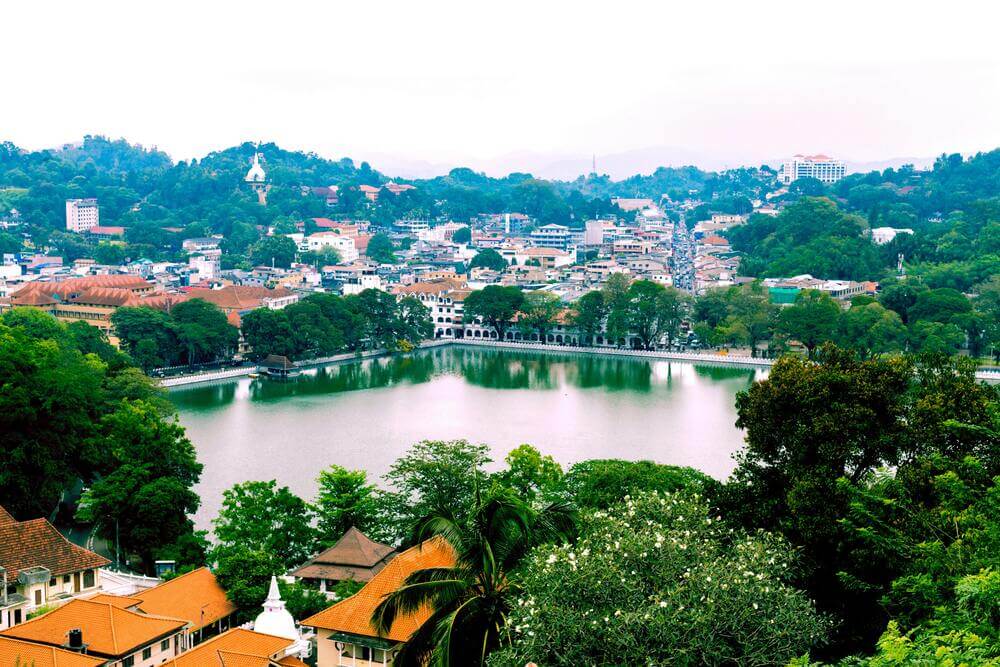
Best Time to Visit Sri Lanka from Singapore: What to do, weather, visas, and more
Sri Lanka is known for amazing wildlife, stunning historical sites , great beaches and unique food. It’s not the easiest place in the world to get to, but you’ll be rewarded if you manage to make the trip. If you’re planning your visit to Sri Lanka you’ll want to think about what to do there based on your interests and the time of year you’ll travel.
The best time to visit Sri Lanka from Singapore depends on what you’re looking for - the varied weather and climate means there’s always somewhere to enjoy. This guide looks at great Sri Lanka places to visit in different seasons, and for different interests. We’ll also share more about the Wise card, a handy way to spend internationally.
| Table of contents |
|---|
When is the best time to visit Sri Lanka from Singapore
For Singaporeans, the best time to visit Sri Lanka is between December and March. This period offers sunny, dry weather along the popular south and west coasts, providing a perfect escape from Singapore’s year-round humidity and a great destination for a year-end or New Year holiday.
However, the best time to travel to Sri Lanka for you might depend on your interests and your planned itinerary. The rainier season hits the country at differing times, depending on where you are, which means that the best month to visit Sri Lanka can change based on your specific destination. The good news, though, is that there are plenty of things to do in Sri Lanka no matter where you decide to go.
Autumn: March - May
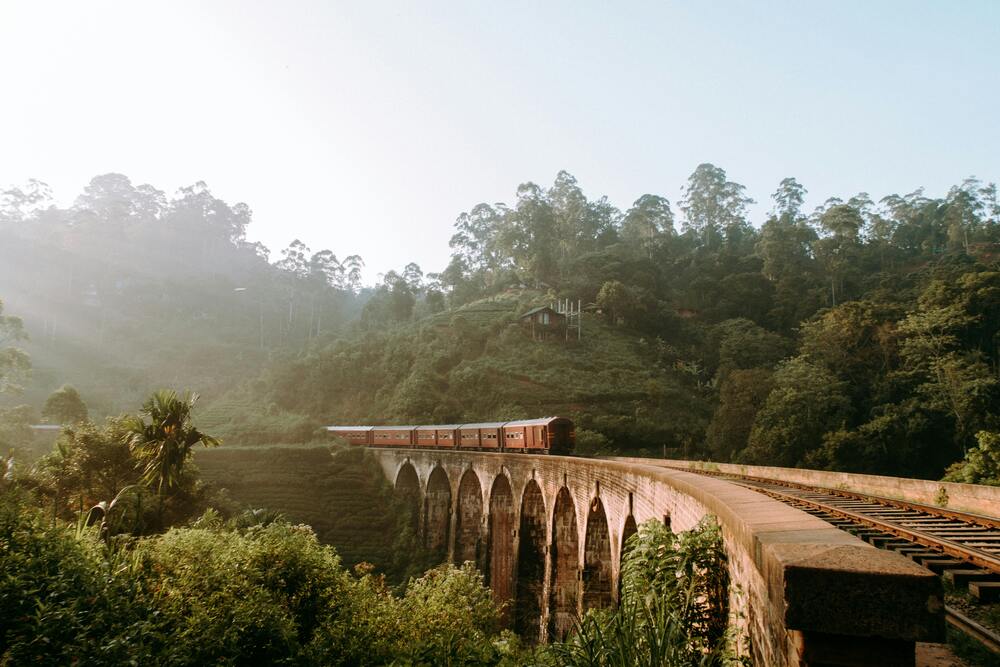
There’s not really one best time to visit Sri Lanka as you can always find somewhere that the weather is good, depending on your planned activity.
Let’s walk through some ideas of what to do in Sri Lanka if you’re planning a visit during this period for a quick getaway from Singapore.
March: The Southwest coast is a great place for a visit to Sri Lanka in March, with pleasant temperatures and little rain. Consider combining your trip to the coast with a trip to Udawalawe National Park which is a good year-round option for safaris, allowing you to pretty much guarantee sightings.
April: If you’re heading to Sri Lanka for history, the month of April is a good time to pick. The main historic sites of the Cultural Triangle - Anuradhapura, Polonnaruwa, and Kandy - have reliable weather, and you can also combine your visit with some wildlife or bird spotting if you’d like to.
May: The monsoon starts in Southwest Sri Lanka in May, which means this isn’t the best time of year for a visit, but you can still enjoy the central regions and the east of the country. If you’re thinking of a beach trip, Trincomalee - commonly referred to as Trinco - is a fabulous pick, with options for whale watching, and a great range of accommodation options.
Winter: June - August

This period is perfect for a mid-year break, coinciding with the June school holidays and offering a welcome change of scenery.
June: June is a good time to head to the tea plantations and higher mountains in the center of the country. There are still some showers, but the reduced heat can be a welcome relief if you’ve been down at the coast where temperatures can be far hotter. Take a tea factory tour and join in a tasting, or get a high tea at one of the old colonial hotels such as the Grand Hotel in Nuwara Eliya.
July: July is often the month of the Kandy Esala Perahera¹ - a large parade and procession through the town of Kandy. This event has long roots back in history and takes place annually - a very colourful and captivating opportunity to learn about the local culture if you’re in town. Book accommodation well in advance - the procession combined with school holidays can mean demand is high.
August:
Elephant spotting is a big feature of many visitors’ itineraries, and August is an excellent time to take a trip to Minneriya National Park for ‘the gathering’ which can see hundreds of elephants congregating in one place. This is an amazing spectacle, but can get pretty crowded with jeeps viewing the elephants - talk to your tour guides about the best time of day to head over, to avoid the worst of the crowd.
Spring: September - November

This period in Sri Lanka sees some quite different weather in different areas, so you’ll need to think about your itinerary carefully. The country is pretty small, allowing you to take in several destinations on one trip, but bear in mind travel times can be long due to narrow roads.
September: The east of the country is relatively cool and pleasant throughout this season, offering a great opportunity for a visit. If you’re thinking of a beach break you could check out Arugam Bay for world-renowned surfing, or if you’re looking for culture the area around Batticaloa is also fascinating.
October: Frequent and disruptive rain can hit the central areas, where there are mountainous regions - these areas are best avoided in October and November to avoid rain interfering with your trip.
November: November is a great time to visit coastal destinations in the south and west of the country, where you can join a boat trip to view flying fish and other marine life. Try Galle for high end hotel choices and history in a compact city you can explore at leisure.
Summer: December - February

A popular year-end travel period for many in Singapore, Sri Lanka offers sunny beaches and festive cheer. Bear in mind that Christmas and New Year can see an influx of travellers from around the world.
December: There’s a sharp increase in the number of visitors to certain parts of Sri Lanka over Christmas, which means it’s essential to book ahead to secure your preferred accommodation. Colombo is a great place to base yourself for some of your trip, with vibrant street food markets, friendly people and interesting neighbourhoods to wander around.
January: Head to the historic city of Galle, where the weather is sunny and mild in January. This Southwestern region also offers nice beaches and the chance to spot wildlife, including whale watching opportunities.
February: If you’re interested in spotting leopards and a whole host of other wildlife, February marks a good time to consider a visit to Yala National Park. As the area is experiencing a drier time, animals can be easier to spot as they tend to stay close to watering holes.
| 💳 Enjoy great rate and seamless spending all year round in 150+ countries with Wise |
|---|
What to do in Sri Lanka
Sri Lanka is compact but extremely varied, with mountains, national parks, beaches and historic cities all in fairly easy reach of each other. You can easily spend several weeks touring the whole area, or split your trips into more focused visits, depending on your preferred activities. Here are a few ideas.
Hit the beach
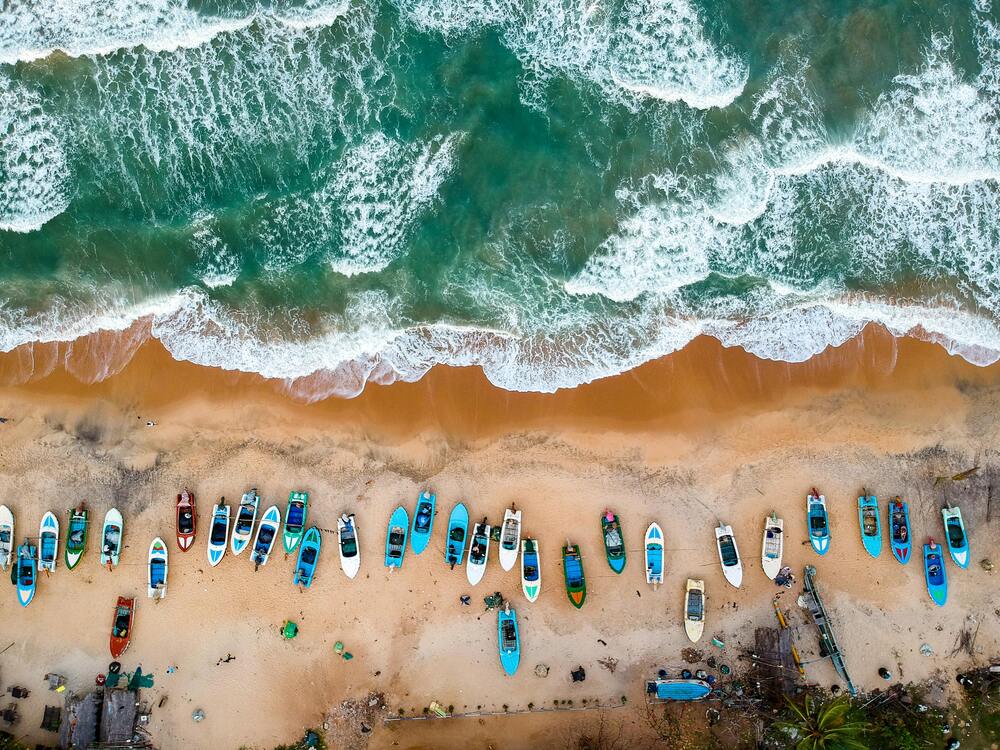
Most travellers in Sri Lanka spend at least some time at the beach. There are plenty of lovely choices to consider, depending on whether you want luxury, a local feel, or great surf. Remember to look into cultural considerations, as in some areas modest dress is preferred.
Spot wildlife
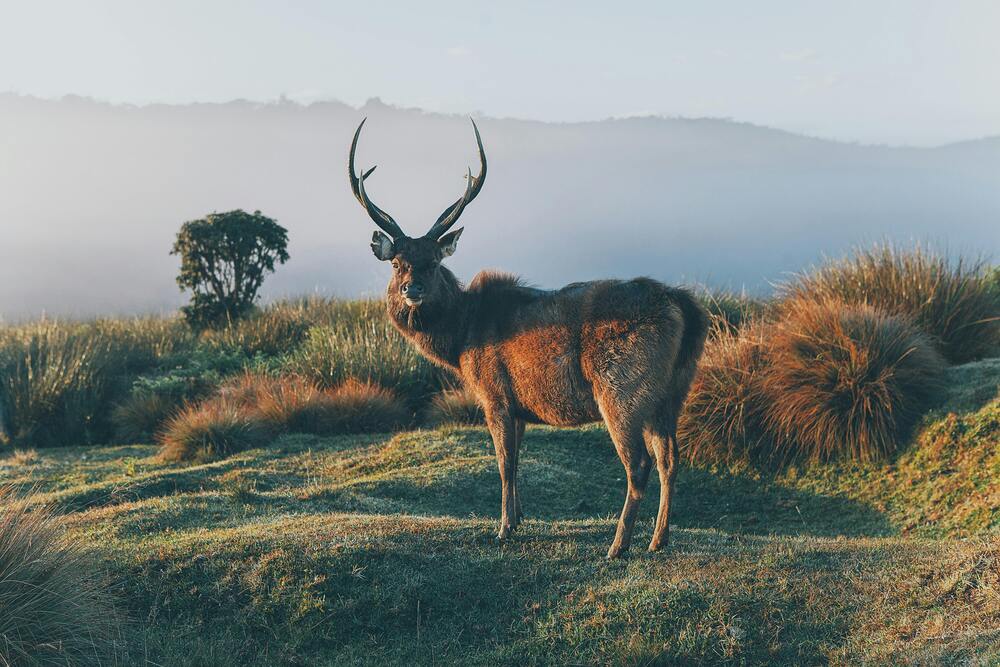
There are some amazing wildlife opportunities in Sri Lanka. While Yala and Udawalawe National Parks are the most commonly visited, other options have their own draws, including amazing birdlife and large mammals like elephants and sloth bears.
Visit the UNESCO sites of the Cultural Triangle

History buffs won’t find better places than Anuradhapura, Polonnaruwa, and Kandy, which are in the Sri Lankan Cultural Triangle and all easily reachable on a multi-day tour. Get a guide to help you interpret the sites, or simply stroll and take in the atmosphere - watch out for the large colonies of monkeys which are fascinating to observe.
Learn about Sri Lankan cuisine
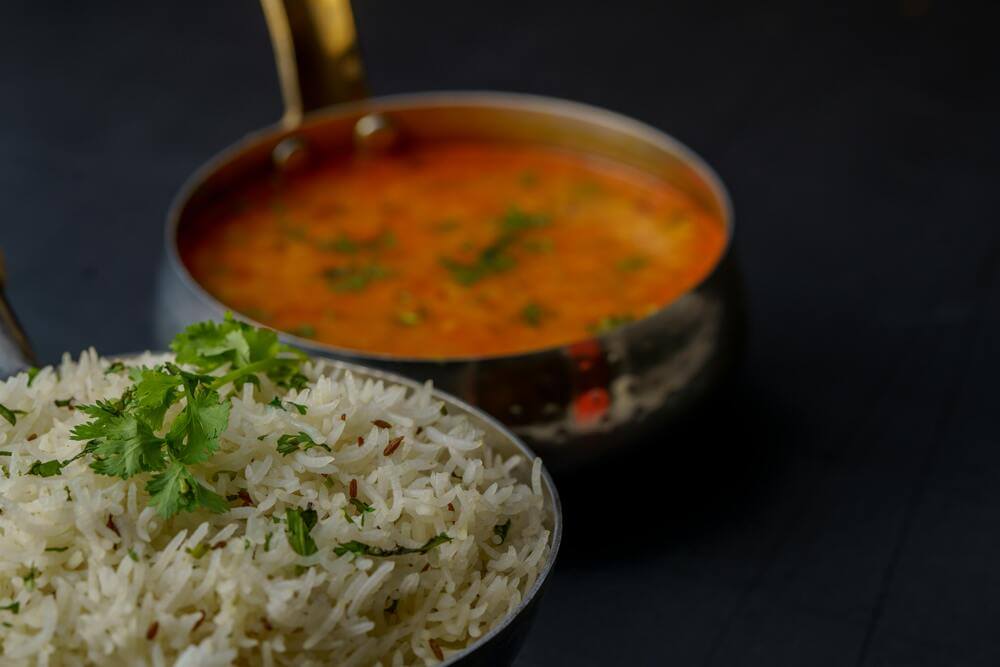
Sri Lanka has a very interesting cuisine which isn’t commonly exported. Look out for popular local streetside stalls selling hoppers and kottu roti, or coconut rich curries and breads.
Planning a trip to Sri Lanka from Singapore
If you’re planning a trip to Sri Lanka, you’ll need to book your flights and get your visa paperwork sorted well in advance. It’s also worth figuring out what you’ll do for Sri Lankan currency to make spending simple on arrival. Here are a few things to think about.
Sri Lanka Visa Requirements
If you have a Singaporean passport, you can enter Sri Lanka as a tourist as long as you apply for an electronic travel authorisation (ETA) in advance². You can’t sort the ETA out on arrival in most cases, so do get this step in motion as soon as possible to avoid unnecessary hassle. Applying for an ETA is pretty straightforward and can be done digitally on the Sri Lanka ETA website¹.
Flights to Sri Lanka
Getting to Sri Lanka is convenient, with direct flights available from Singapore's Changi Airport (SIN) to Colombo (CMB). The average direct flight takes just under 4 hours, making it a great option for a long weekend or an extended holiday³.
Major carriers like Singapore Airlines and SriLankan Airlines operate regular direct flights on this route.
Get the most out of your SGD to LKR conversions on your holiday with Wise
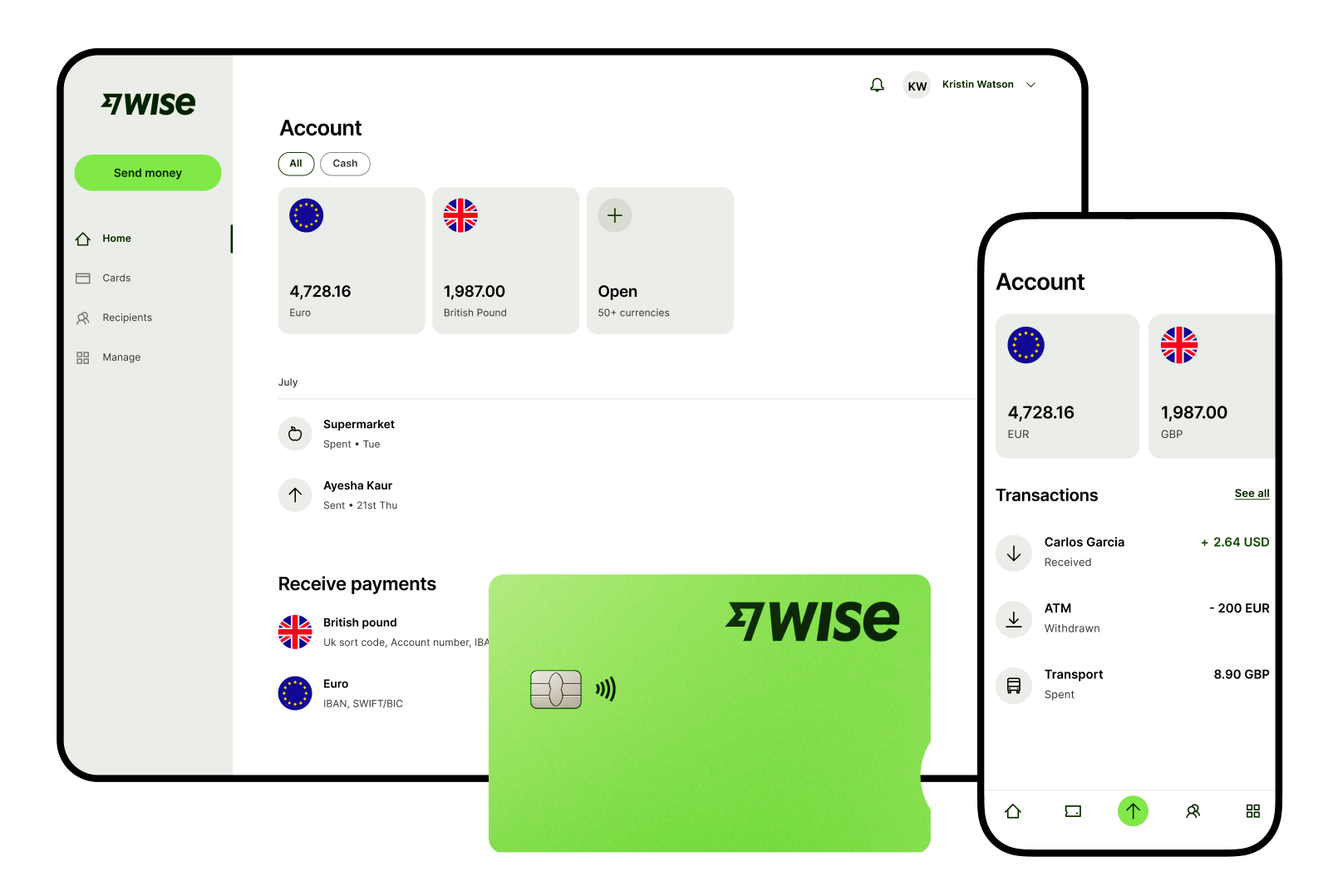
The Wise account is an easy way to hold and exchange 40+ currencies, including SGD, MYR, EUR, CNY, and more. All you need to do is create a free account to get started.
With Wise, you can exchange currencies at the mid-market rate each time, with low, transparent conversion fees from 0.26% and absolutely no markups. Plus, you can order a linked Wise card for convenient spending without any foreign transaction fees, and up to 2 free ATM withdrawals to the value of 350 SGD when you're overseas. You'll even get 8+ local account details to get paid conveniently to your Wise account in SGD and a selection of other major global currencies.
Sending money or making payments abroad? Wise also offers fast, low cost transfers to 140+ countries - you can track your transfer in your account and your recipient will also be notified when a transfer reaches them.
💰 For cheaper and easier payments in 150+ countries
Sources:
*Please see terms of use and product availability for your region or visit Wise fees and pricing for the most up to date pricing and fee information.
This publication is provided for general information purposes and does not constitute legal, tax or other professional advice from Wise Payments Limited or its subsidiaries and its affiliates, and it is not intended as a substitute for obtaining advice from a financial advisor or any other professional.
We make no representations, warranties or guarantees, whether expressed or implied, that the content in the publication is accurate, complete or up to date.


